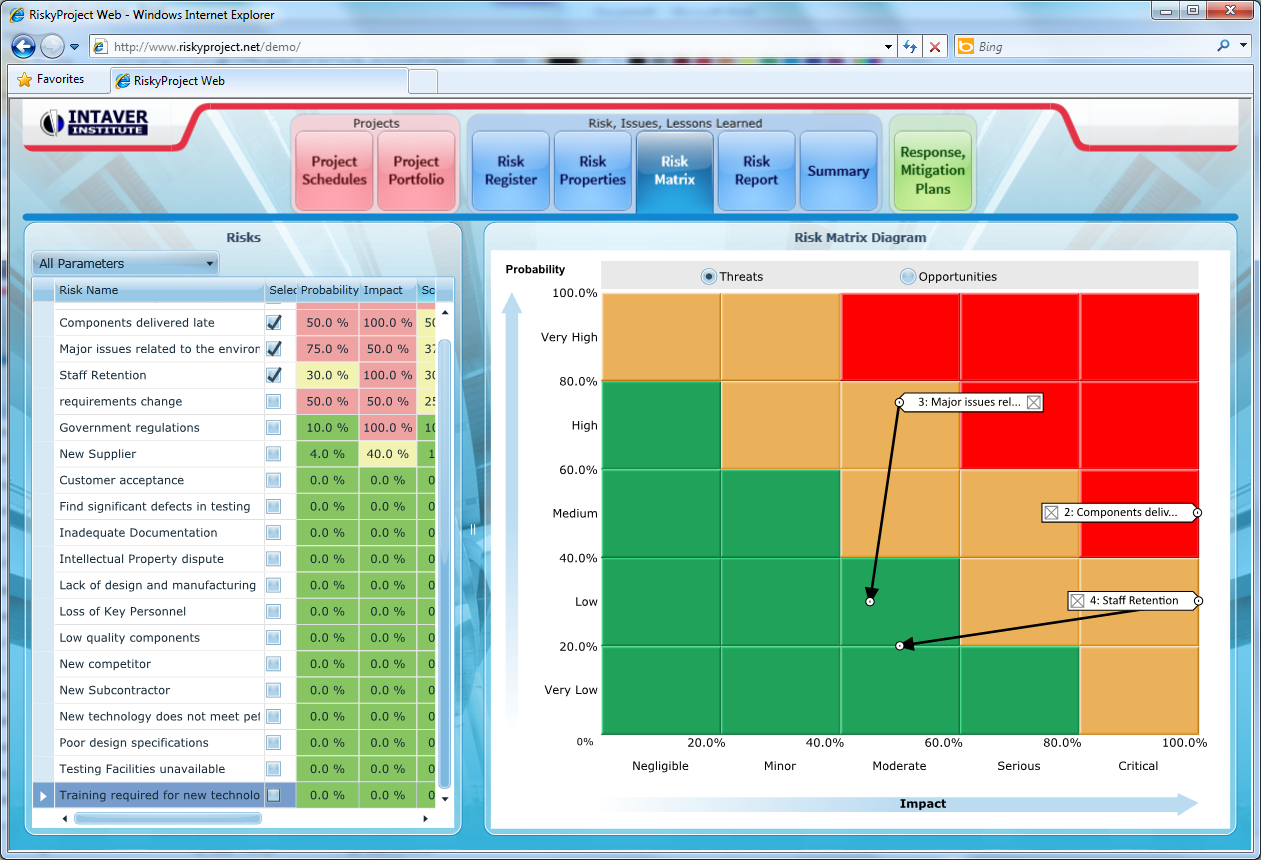

Poor sales due to a lack of consumer interestīy listing out the main risks you are already aware of, you can go through your project plan and make sure you have contingencies in place for each of them.Design flaws that could lead to consumer complaints.However, some risks are more common than others.įor example, if you’re launching a new product, you may be concerned about: There are countless potential risks associated with any given project. List some of the most common risks associated with your project. Or, if you’re launching a new product, your marketing team may be concerned about a potential backlash from consumers. Ask them specifically about any risks they see in the project and take note of anything that seems especially concerning.įor example, if you’re working on a new website design, your web developer may be worried about potential coding errors. Interview certain members of your project management team.Īnother way to surface potential risks is to conduct one-on-one interviews with different members of your team. Or, if you’re working with a new vendor, your team may be worried about potential delivery delays.

This will help to surface any potential problems early on, so you can address them head-on.įor example, if you have a team of writers, they may express concerns about the deadline being too tight. Conduct a team brainstorming session.īefore you begin carrying out your project plan, it’s a great idea to hold a meeting and communicate any doubts, concerns, and risks that team members may have. Here are five ways to help identify potential risks on your next project: 1. The first step in mitigating any risk is to actually identify it. However, the very beginning of any project is also the time to take a step back and assess potential risks. When starting out on a new project with your team, it’s easy to get caught up in roles, responsibilities, and who’s-doing-what. So, how do you go about identifying and mitigating project risk? Let’s take a look. Inability to deliver the project on schedule or within budget.In failing to do so, you risk encountering the following consequences:

You then need to come up with a plan to mitigate those risks. To effectively manage risk, you need to identify all potential risks and assess the likelihood and impact of each. Environmental risks - Natural disasters or other unforeseen events.Political risks - Changes in government policy that could impact your project.Resource risks - Lack of staff or expertise to complete the project.Financial risks - Unanticipated expenses or budget overruns.Schedule risks - Delays or missed deadlines.
Project risk probability and impact matrix software#


 0 kommentar(er)
0 kommentar(er)
